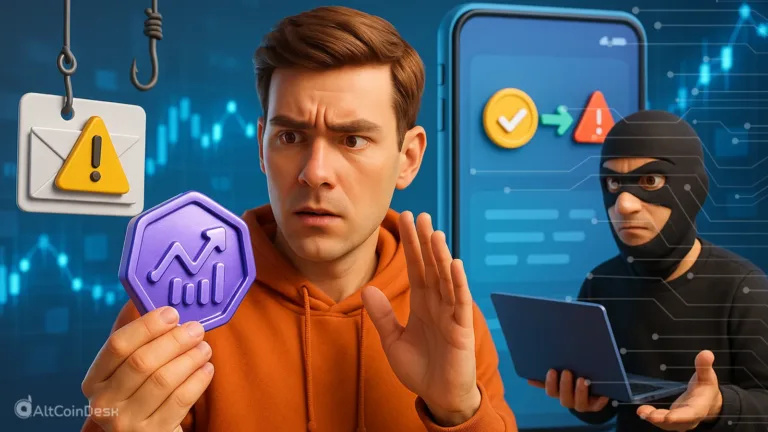I kept seeing influencers mention a ticker and thought, okay, maybe just casual chatter, nothing like a paid promo. But then the rug pull hit. That’s when I realized, it wasn’t hype for the project at all, it was hype for their own bags. They were shilling what they already bought, only to dump it on everyone else
What is shilling?
Shilling means talking about or describing someone or something in a favorable way because you are being paid (or rewarded) to do so. The key element of shilling is that the audience often doesn’t realize the endorsement is biased, since it is disguised as genuine support or excitement.
What is shilling in crypto?
In the world of crypto, shilling happens when someone promotes a token or project with the expectation of making money either because they are paid by the project or because they already hold the coin and want its value to rise.
Shilling usually takes place on social media platforms like X (Twitter), Discord, Reddit, or Telegram. Influencers, anonymous accounts, or entire communities may coordinate posts and discussions to create hype and attract new buyers.
How is shilling different from promotion?
Promotion is transparent marketing, you know it’s an advertisement or endorsement.
Shilling, however, is promotion disguised as genuine opinion or excitement. The audience doesn’t feel like they are being marketed to, which makes shilling more genuine but also more misleading.
How it all starts?
Most shilling begins with something simple as a tweet, a Discord message, or a short post in a community group.
It might look like an innocent message: “This coin looks interesting 👀” or “I just bought some, seems like it has big potential.”
Early shills are often subtle. The goal is to spark curiosity without sounding like an obvious advertisement.
Once a few people react or ask questions, the shillers follow up with more messages, charts, or memes to build momentum.
You might observe influencers tweeting, “What’s the ticker?” In response, you’ll find hundreds of replies from users promoting their preferred cryptocurrencies.
Types of shilling in crypto

2. Community shilling
- A group of people who already own the coin or support the project promote it together.
- They coordinate posts to make the token trend on platforms like X.
- These groups often enter other crypto communities and casually discuss the token in small numbers (2–10 people) so it looks like organic hype, leading outsiders to search for the project and buy in.
Can you detect shilling?
In most cases, if someone is heavily promoting a crypto project with no clear reason, it’s likely shilling.
If it looks “too good to be true” or “everyone is suddenly talking about it,” it’s probably shilling. Always DYOR (Do Your Own Research) before investing.
Is shilling bad?
Not always. On the negative side, shilling is often linked to scams, pump-and-dump schemes, and misleading marketing. Many people lose money when they buy at the top of the hype cycle.
On the positive side, some projects like DOGE or other meme coins thrive because of community shilling. The community keeps the token alive and trending, effectively supporting its long-term presence.
In short, shilling can both harm investors and sustain projects, depending on the intentions behind it.








